Harry Potter Studio Tour in Tokyo, Japan
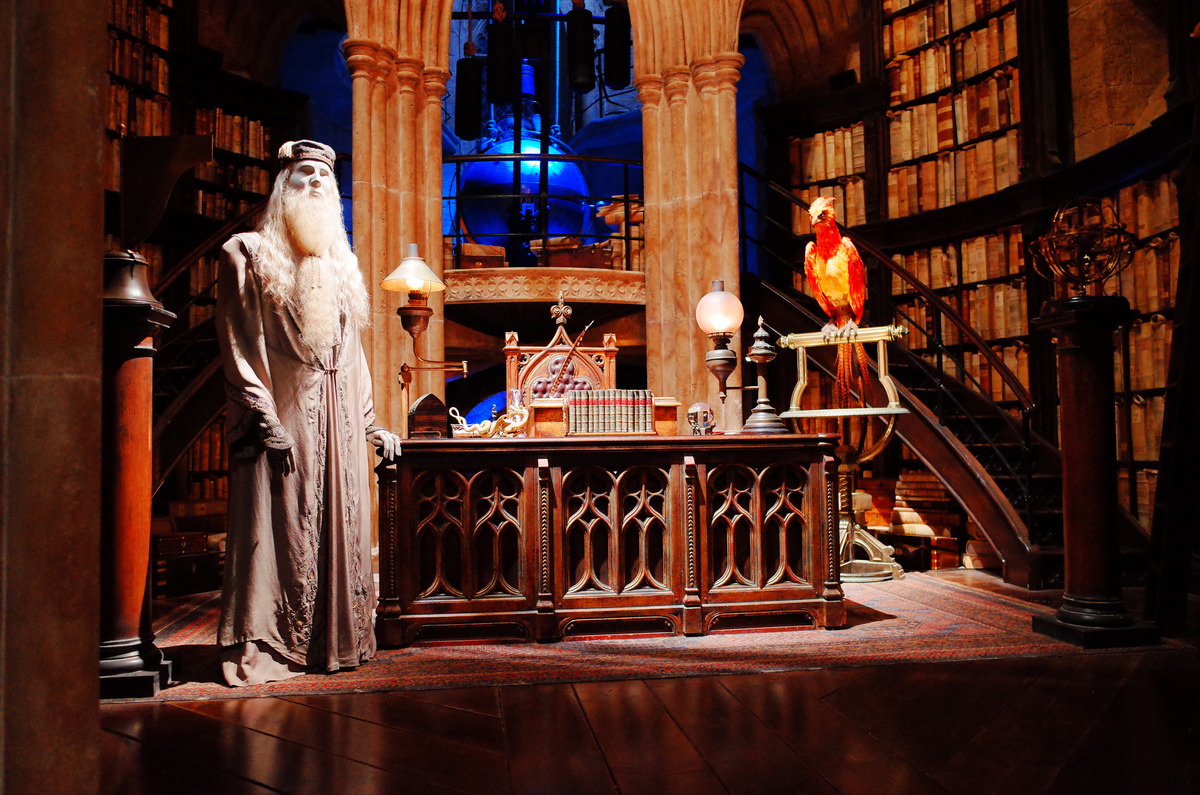
Hungover, I left the hotel in the morning for the Yushukan Museum. The museum is rumored to be owned by a far-right company, with exhibits and information in favor of Imperial Japan. Whether in favor or not, I was interested in the military items on display throughout the museum. Located in the Chiyoda ward of Tokyo, the museum was a short ride from Akihabara Station. I arrived before the museum opened, but was able to view the shrines and memorials throughout the museum property. A notable shrine was Yasukuni Jinja, which is in dedication to those who died in service for Japan. The shrine is controversial because the shrine was a symbol of dedication to Hirohito throughout World War II.
Entrance to the Yushukan Museum cost 800 yen, which I paid at an automatic machine near the main entrance. The lobby had an immaculate A6M Zero fighter plane, a small restaurant and an open floor gift shop. No music played, nor did I hear any voices. Staff members worked in silence, their uniforms pressed and their gestures honed. Asides from the museum staff, I was the sole guest in the museum. The first exhibits were on the second floor, which were accessible after I scanned my ticket on a sensor and took an escalator to the upper deck.
The exhibits on the second floor covered the conflicts the Imperial Japanese Army took part in. In chronological order, each display provided a brief history of a conflict in Japanese and English. Swords, armor, uniforms, and firearms were displayed nearby the placards of text. A small theater played documentaries in Japanese related to the Yushukan Shrine and modern-day Japan. Throughout these enclosed exhibitions and theater, photographs were not allowed. Towards the end of the second floor, I took a stairwell to the first floor with an open floor World War II exhibition.
The main displays of the World War II room were an Yokosuka D4Y bomber, a Type-97 Chi-Ha tank, and a replica Ohka Model 11 single-person attack plane. The center of the room was divided by a 48-foot Kaiten torpedo, which was a crew-guided suicide craft. Anti-aircraft and artillery weapons, along with a variety of Imperial Japanese items filled the rest of the space. A nearby room contained the personal property and letters of deceased Japanese soldiers. Hundreds of portraits lined the walls, each with a date of when a soldier was killed in action. Both optimism and hopelessness were a common theme in the letters on display.
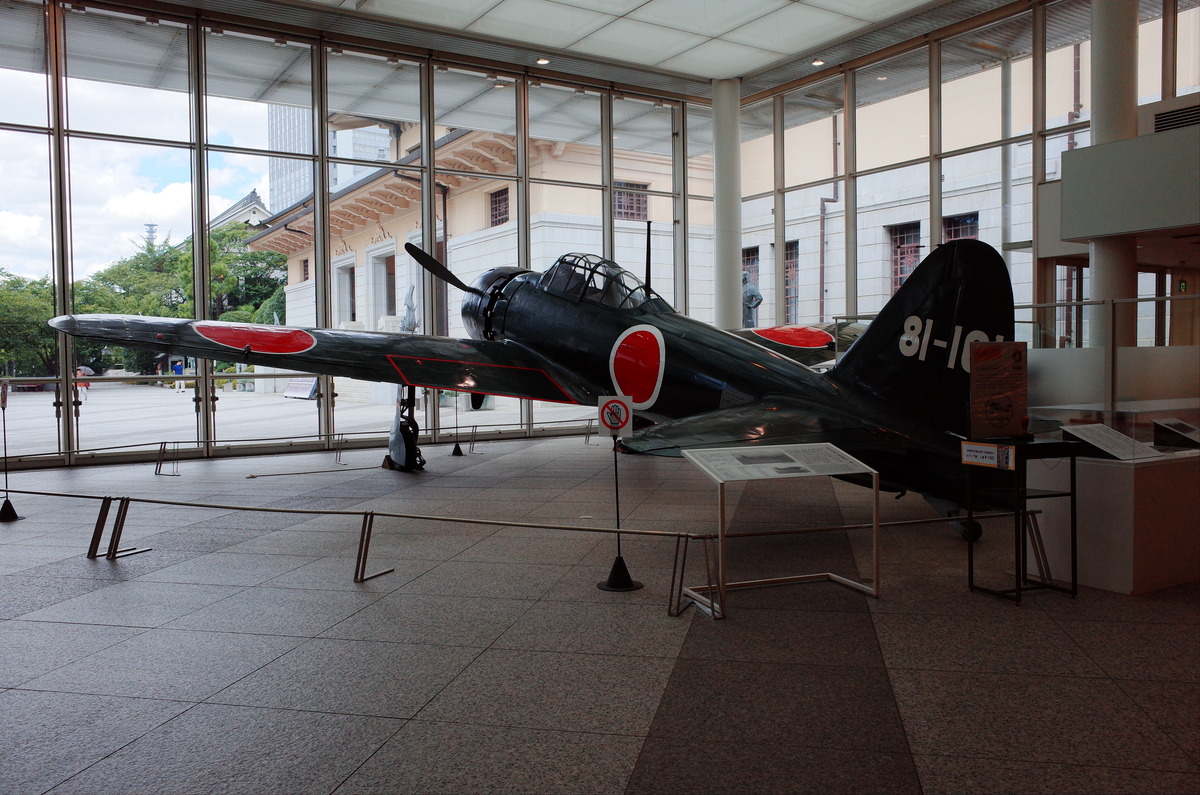
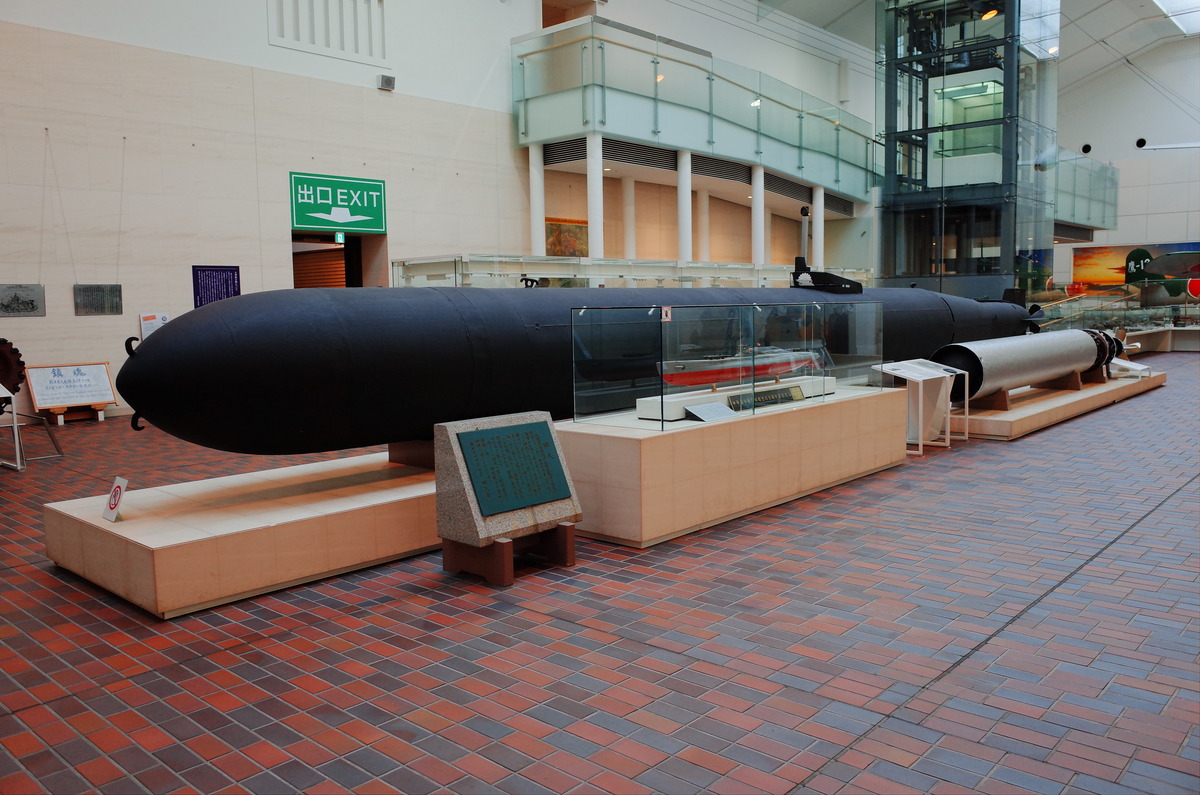
Once finished at the Yushukan Museum, I rode a train from Iidabashi Station to Shinjuku. I had to be in Ginza in the afternoon to catch a bus ride to the newly opened Harry Potter Studio Tour. It was before noon when I arrived at Shinjuku Station, which gave me ample time to wonder the city. To kill time, I stopped into a bookstore called Kinokuniya. With eleven floors, there were thousands of books to browse. I favored the sixth floor, which was dedicated to foreign-language books. Though I desired to buy more than one book, I left the store with a single Japanese graded reader.
Afterwards, I walked to the METoA Cafe and Kitchen in Ginza to wait for the bus ride. The first floor cafe was upscale, and offered a variety of beverages and sweets. Normally, I stay away from sugared drinks but ordered a frappuccino with ice cream. It was another hot day, and although it melted quickly, the ice cream was a welcomed relief. The bus arrived soon after, and parked in front of the cafe. The driver requested my name and checked a printed list before I was allowed to board. As with the bus ride to Fuji-Q Highland, I chose a seat behind the driver.
From Ginza, the bus ride to the Harry Potter Studio Tour was an hour. A large billboard of Daniel Radcliffe, Emma Watson, and Rupert Grint depicted in Chamber of Secrets was on display near the entrance to the studio lot. People, in mass, walked towards the front doors as the bus came to a stop in the parking lot. The ticket I bought had a specified time of five o’clock. With a half hour to spare, I toured the walkway in front of the studio. There was an oversized pair of Harry Potter’s glasses, along with an oversized snake, and statues of Hagrid and Harry.
Near five o’clock, I walked to the front entrance. As I approached, a group of people were turned away from the nearby ticket counter. No tickets were available in-person. After I showed my ticket to a staff member, I was ushered inside of the massive lobby. The lobby had immaculate walls, with a quote from J.K. Rowling which welcomed guests in golden letters. As the score of Harry Potter played aloud, children, teenagers, and adults roamed in and out of the expansive gift shop. The tour entry was located straight ahead of the main entrance, the center of attention.
The entrance to the tour was more of a second lobby. The lights were dimmed, while the darkened walls were covered with dozens of LED screens. Each screen cycled through movie posters from the Harry Potter franchise. When the room filled, the doors closed. The movie posters faded from view and a video played. Cast and crew, along with staff and past guests, were perfectly framed within each screen. The video welcomed guests to the Harry Potter Studio Tour. After the video finished, nearby doors opened to a large auditorium with red seats.
On a theatre screen in the auditorium, a second short-film played in which director Chris Columbus discussed the creation of the first film. Cast members, along with J.K. Rowling, discussed their experiences throughout the franchises history. After the screen faded to black, guests were directed towards a doorway in the theme of the entrance to the Great Hall of the Hogwarts castle. Six people were asked to come to the sizeable wooden door to cast a spell. After a series of sound effects played, the door opened inward and revealed a recreation of the Great Hall.
The lights in the Great Hall were neon blue. Braziers spaced evenly along each walls held a deep orange glow. A mannequin of Dumbledore, at a podium, was the sole object in the room in white light. As other guests and I entered the Great Hall, the blue and orange lights dimmed and track lights high above the room resumed normal lighting. Along with other mannequins of characters, such as Snape and Hagrid, long wooden tables held dozens of silver plates and goblets along both sides of the room. A doorway at the end of the Great Hall opened, with the Grand Staircases beyond.
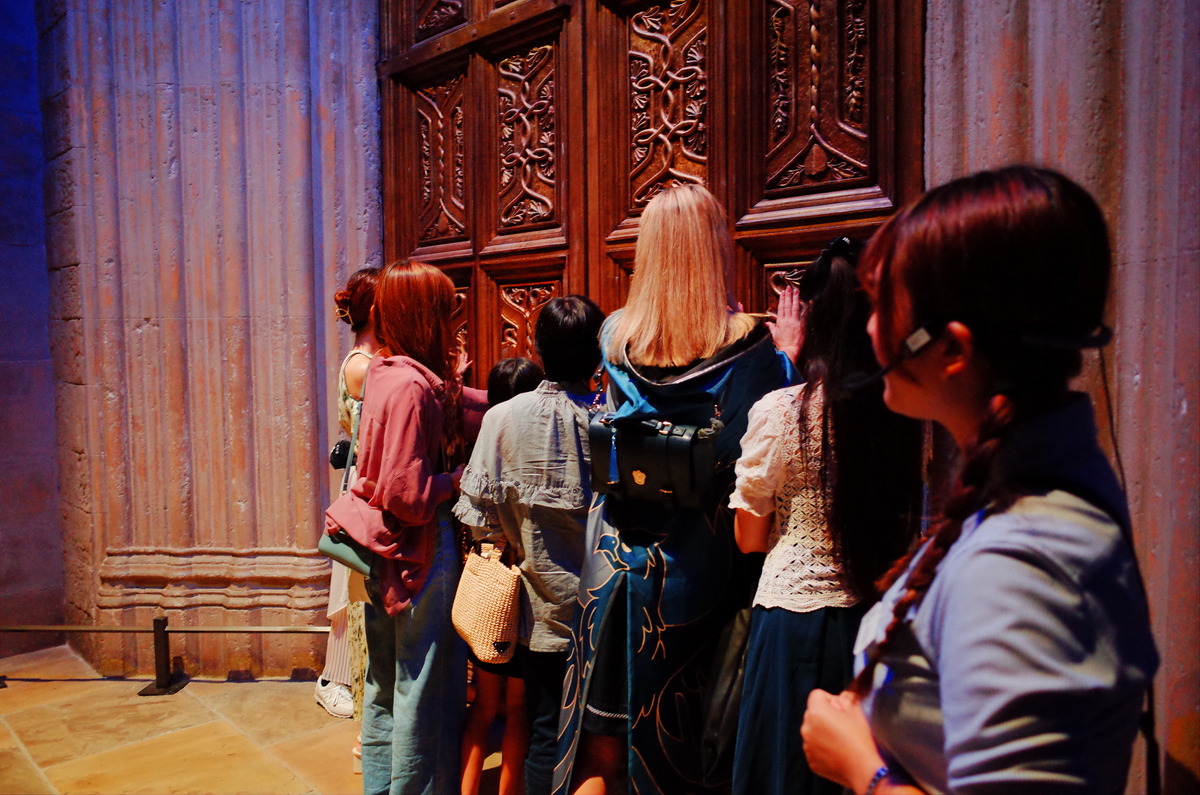

Although guests were not permitted to climb any staircases, one of the stairs did move at random. The walls of the Grand Staircases were covered in portraits, the majority static displays. Guests were depicted in two to three, controlled by a nearby camera station. The next room depicted a reproduction of the Gryffindor common room and dormitory. The dormitory side of the room showcased Harry Potter’s bed in a small circular room, complete with velvet curtains. With a plate of sweets for Crabbe and Goyle, the Slytherin common room was displayed in the adjacent room.
In the same hall, quidditch props, the Triwizard Cup, and the Golden Egg were located in display cases. Full size classrooms, such as the potions classroom, were decorated with towers of books, globes, odds and ends, and cauldrons with steam. The Defense Against the Dark Arts classroom had the half-spiral staircase and the large Hebridean Black dragon skeleton hung from the ceiling. Dumbledore’s office had a lifelike mannequin and phoenix bird, which was next to a scaled version of the Hogwarts library.
The grandest room of the tour was the Haunted Forest. With fog, a dark ambience, and thick realistic trees, iconic characters and objects were displayed throughout the synthetic forest. Hagrid, Buckbeat, and Arthur Weasley’s enchanted Flying Ford Anglia were my favorite. The beaten car was tucked between trees, with bright yellow lights which cut through the fog. An interactive part of the forest allowed guests to fend off dementors with a patronus spell. I regrettably rushed through the rest of the forest, which made me miss the display of Aragog and other arachnids.
Midway through the tour, I came to a butterbeer cafe with rows of wooden tables. Each table had different pages of the Daily Prophet engrained. A mug of butterbeer cost 1,100 yen, which came with a thin plastic bag. I had experienced butterbeer before in Osaka, at the Wizarding World of Harry Potter. The taste was the same in Tokyo, reminiscent of root beer with cream. Though I was allowed to keep the mug this time. The plastic bag was intended to be used to store the mug after I washed it in one of the sinks concealed in a wall of butterbeer kegs.
The butterbeer cafe was next to a sizeable outdoor section of the tour. Notable was 4 Privet Drive, with the cupboard under the stairs. The upstairs was off-limits, though I was allowed to explore the rest of the home. The dining room was detailed with a cabinet of fine china, portraits of Dudley Dursey, and a ballooned Ms. Mason, body halfway out the window. Hagrid’s motorcycle was parked near the front lawn, a popular display because guests were allowed to act as the driver and passenger. Nearby was the triple decker Knight Bus, and a replica wooden bridge from Hogwarts.
Hogsmeade Station, with a steaming Olton Hall train, had the ambience of a train station. The sole carriage car, which was walkable, displayed Harry throughout the years on the way to Hogwarts. Each roomette was detailed with mannequins of Harry, issues of the Quibbler and snack wrappers. Moreover, the station served as a mid-tour gift shop. The Railway Shop sold shirts, stationary, and bags. An adjacent room was a recreation of the central square of the Ministry of Magic. A statue in the middle depicted Muggles being crushed under the weight of a marble column.
The second to last presentation was the main avenue of Diagon Alley. Although stores were not open to the public, windows and entryways were dressed with proper decorations. The upper windows of Ollivander’s Wand Shop were full of wand boxes, while Weasleys’ Wizard Wheezes entryway had a full size Puking Pastille display. The facade of Gringotts Wizarding Bank, with slanted pillars, was a popular spot for photographs, although the front door remained closed. The central walkway of Diagon Alley led into a long hallway with oversized printouts of the Daily Prophet, the majority of which depicted Harry Potter in a negative manor. The final display was a recreation of the Hogwarts Castle model used in the first film, which had 2,500 fiber-optic lights and spanned fifty feet in diameter.
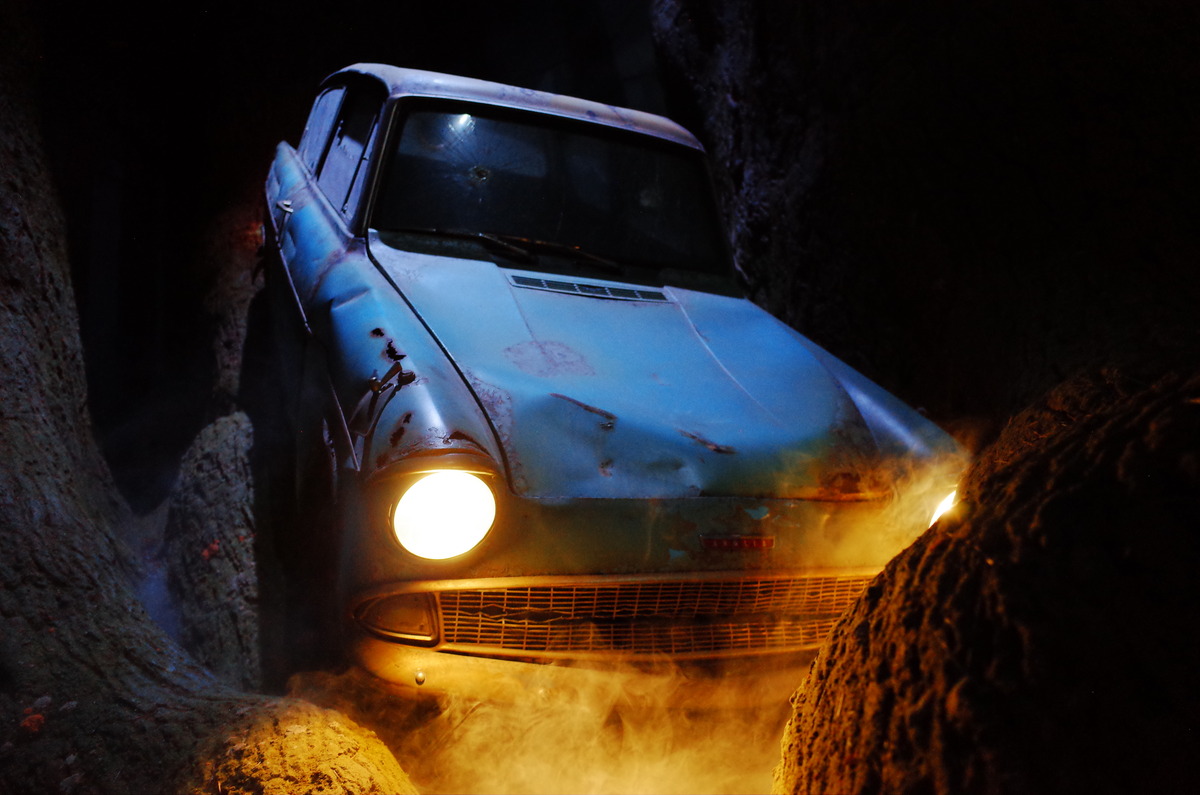
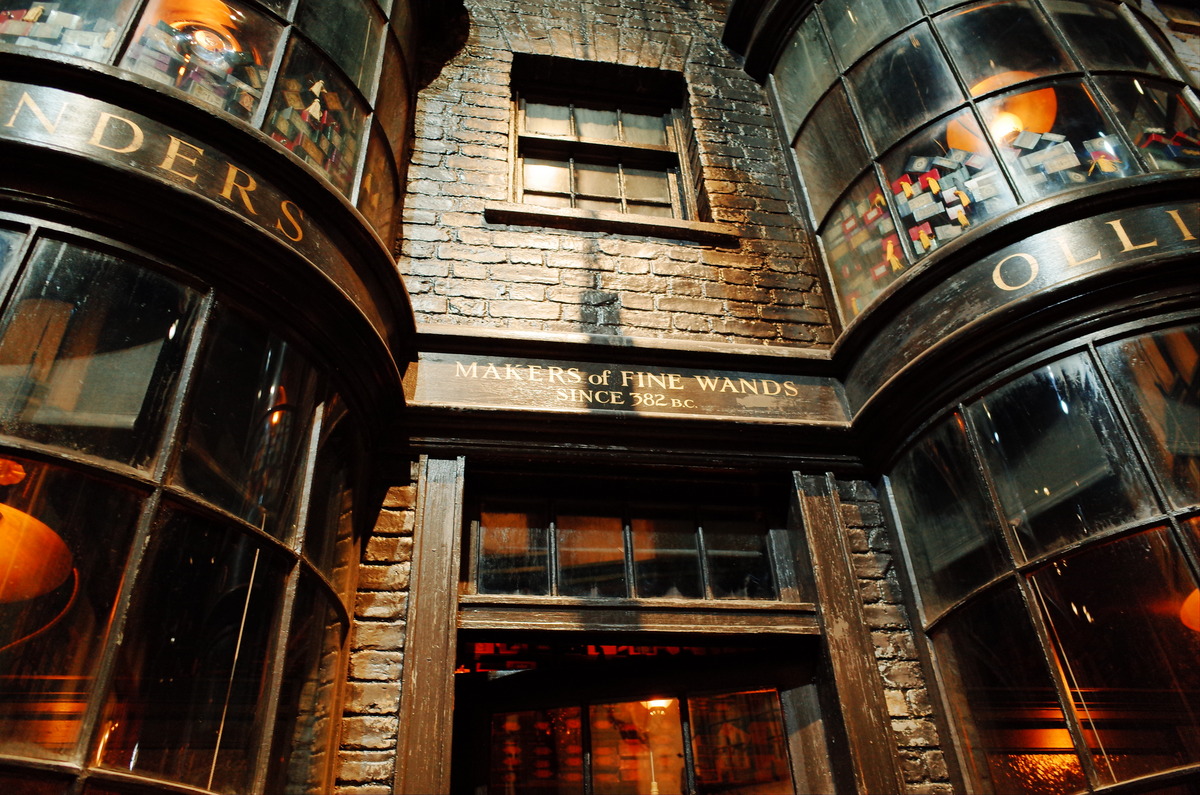
After the tour was completed, I went to the gift shop. The store was massive, with each Hogwarts house represented in individual sections. There were robes, t-shirts, sweaters, mugs, stationary, and stickers. Wands, both cheap and premium models, were the popular items in the store. Expensive replicas, such as the Triwizard Cup, were for sale behind display cases. Every Harry Potter book was for sale, along with pop-up versions for children. I bought a Japanese edition of Harry Potter and the Philosopher’s Stone, which came with a dust jacket unique to the studio tour.
Before I returned to the bus, I visited The Food Hall for a bite to eat. The cafeteria resembled the Great Hall, with rows of long wooden tables and banners for each Hogwarts house. For 2,200 yen, I ordered the Platform 9 ¾ All Day Breakfast. The dish contained sunny side eggs, baked beans, a sausage link, bacon, shiitake mushrooms, hash browns, and cheese toast with a 9 ¾ logo burnt into the bread. The breakfast tasted fantastic. In particular, I enjoyed the beans and hash browns. Though I had never ate cheese toast before. It was odd but tasteful.